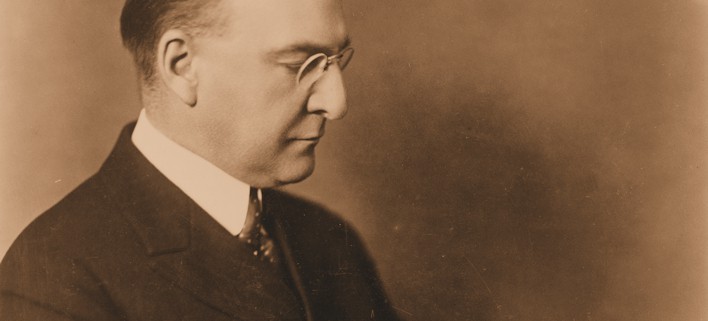1920 in Business History: Decentralized Management
The year 2020 may well change the course of business history for years to come. The year 1920, another time of turmoil and recession, most certainly did. The turn of the century had begun a lengthy period of growth for American business giving rise to national, capital-intensive companies that could obtain ever higher efficiencies due to their size. For a time it was not certain that these firms would be allowed to exist. Then in its 1920 US Steel decision the Supreme Court affirmed that large firms need not be broken up so long as they did not inhibit competition. But as that barrier fell a new one arose—large firms were simply becoming too big to manage, especially during a time of economic hardship.
Take the history of DuPont, for example. From 1914 to 1918, its capitalization increased from $86 million to $310 million and its workforce rose from 5,300 to 85,000. Its roots were in explosives, but DuPont had diversified into chemicals, dyes, paints, and artificial fibers. As the company grew ever more complex, the corporate structure remained centralized. It became increasingly harder to conduct all of its businesses effectively: selling rayon was very different from selling black powder.
President Pierre du Pont had already developed sophisticated forms of reporting and accounting that indicated where the problems lay. In 1920 he began planning to decentralize management. The goal was for executives in the central office to stop trying to conduct the day-to-day affairs of the company. Instead, using the kind of information that DuPont was developing, they would monitor overall performance and set strategic priorities for the company as a whole. The plan also called for creation of administrative divisions, each responsible for sourcing, producing, and selling one particular type of product.
By pure chance, it was GM rather than DuPont that first implemented the plan. During the 1910s the munitions maker, looking for a place to invest its extraordinary earnings, invested heavily in the automobile business founded by entrepreneur William Durant. Durant had steadily folded individual car companies and even consumer products manufacturers into his General Motors Corporation. By the time the recession hit in mid-1920, Durant’s agglomeration was in trouble. That fall, Pierre du Pont stepped in, and working with Alfred Sloane, a brilliant manager that Durant had ignored, he began implementing his decentralized management structure. It took about three years to take hold, but decentralization worked well, enabling GM to soon overtake Ford.
Decentralization was not for every firm, but over the next few decades nearly every diversified, capital-intensive company adopted it. DuPont did so in 1921, Westinghouse in 1934, International Harvester in 1943, and General Electric in 1950. In time, changing markets, technology, and regulations would expose weaknesses in decentralized management, but the legacy of this watershed in business history remains into the 21st century.






 Public
Public
